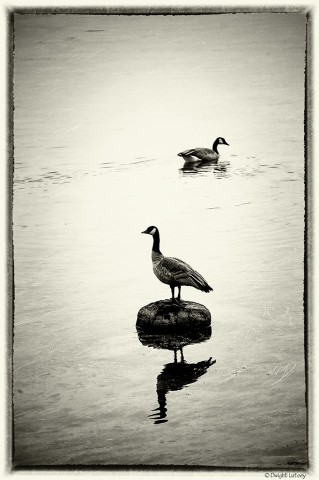Often or whenever I feel like it, whichever comes first, I’m going to post an image then give you the background about the circumstances surrounding the making of the image. I might tell you how I feel about the image or why I thought you might be interested in seeing it or even something barely connected to the image but somehow seems appropriate to mention. You just never know what is going to happen here. It might look like every other image site, you know, kind of normal looking, then suddenly veer off in some bizarre direction and crash into a tree for no apparent reason. I gotta tell you it makes me dizzy just to think about it. So come along for the ride if you feel like it, but remember I warned you, and I’m not giving any refunds.
So here goes, the very first image posting for BigShots Now, the blog.
I thought that it would be appropriate to post a transitional image, one that has one foot in the black & white world and one foot in the world of color. My first experience with photography was with black & white and it has always held a large flat 8×10″ space in my heart. But then there is color, that glorious bright garish intense color, that we have today and how can you ignore that! I mean you just can’t so save yourself some heartache and don’t even try.
This is a shot of Canada geese (Click on it to make it large) taken on the Yellowstone river last year during the time when there was smoke for a thousand miles. There were fires in Washington and Oregon, Nevada, Montana, Colorado and everywhere else you could think of. At times the smoke was so thick in the park that visibility was down to a couple of hundred feet. You couldn’t shoot landscapes because you couldn’t see them. Wildlife was hiding or else just appeared to be vague shadows in the haze. And everything had the dreaded gray background, not the neat gray that makes colors deepen and look richer , but the nasty concrete colored gray that just makes everything ugly. So what’s a boy to do? The solution I used was to take a sunrise shot looking into the sun as it rose over the Yellowstone and by turning a basically monochromatic image into a silvery, sepia styled picture you lose the smoke that was lying several feet off the river’s surface and you get the really cool interplay of the morning sun behind and around the geese. It brings out the luminosity in the image that is not as visible in the original colored shot. Sometimes when things don’t turn out you have to adapt. Like my dad used to say “If you find your self in hot water, take a bath”.


You must be logged in to post a comment.